
 |
Exam-Style Questions.Problems adapted from questions set for previous Mathematics exams. |
1. | GCSE Higher |
The cross-section of a prism is an equilateral triangle of side 9cm. The length of the prism is 12 cm.
Calculate the total surface area of the prism.
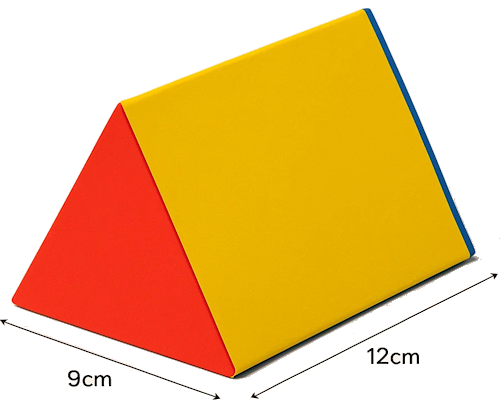
2. | GCSE Higher |
A solid steel cylinder with a cylindrical hole running through its centre contains \(2800 \, \text{cm}^3\) of steel. The overall radius of the object is \(10 \, \text{cm}\), and the radius of the cylindrical hole is \(5 \, \text{cm}\).
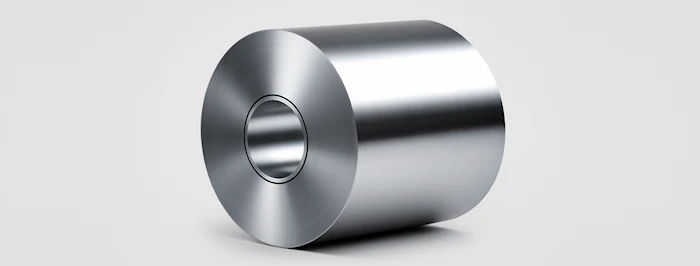
(a) Calculate the length of the object.
(b) The solid steel used in the object is melted and moulded into spheres, each with a radius of \(1 \, \text{cm}\).
How many spheres will be produced?
3. | IB Studies |
Twenty four spherical shaped chocolates are arranged in a box in four rows and six columns.
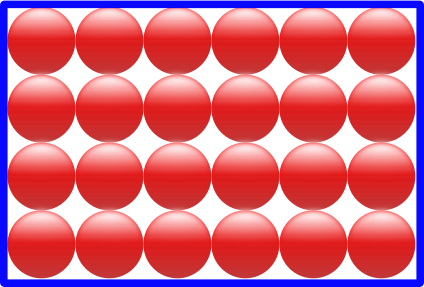
Each chocolate has a radius of 1.2 cm.
(a) Find the volume of one chocolate.
(b) Write down the volume of 24 chocolates.
The 24 chocolates fit perfectly in the box with each chocolate touching the ones around it or the sides of the box.
(c) Calculate the volume of the box.
(d) Calculate the volume of empty space in the box.
(e) What percentage of the contents of the box is chocolate?
4. | GCSE Higher |
Rectangle ABCD is the horizontal base of a trapezoidal prism ABCDEFGH.
EF is parallel to AB. BC = 20cm, DC = 150mm, GC = 74mm, HG = 86mm and AE = BF.
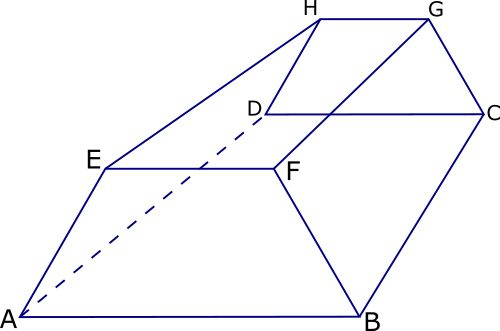
(a) Find the size of angle ABF.
(b) Show that FD = 242 mm correct to 3 significant figures.
5. | GCSE Higher |
The diagram shows a rectangular-based pyramid, TABCD (not drawn to scale).
The horizontal base ABCD has sides of lengths 11m and 15m. The centre of the base of the pyramid is M.
Angle TMC is 90° and angle TCM is 70°
The volume of a pyramid is \( \frac13 \) × area of base × perpendicular height. Calculate the volume of this pyramid.
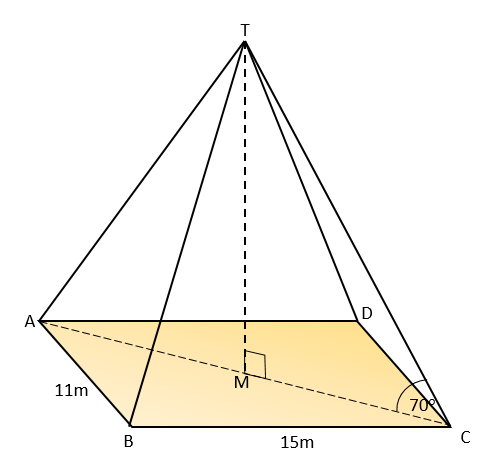
6. | IB Studies |
ABC is a triangular car park on horizontal ground. The length of AB is 90m and the length of AC is 65m. The size of angle BCA is 68o.
(a) Find the size of angle ABC.
(b) Find the area of the triangular car park.
M is the midpoint of AC.
(c) Find the length of BM.
A vertical flag pole, FB, is erected in one corner of the car park with its base at B.
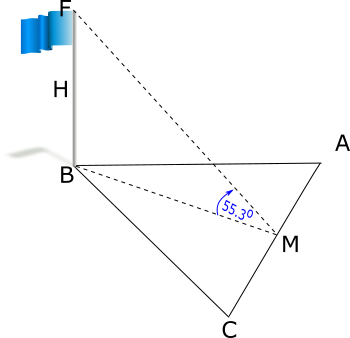
The angle of elevation of F from M is 55.3o. H is the midpoint of the flag pole.
(d) Calculate the angle of elevation of H from M.
7. | IB Analysis and Approaches |
A metal sphere has a radius 7.2 cm.
(a) Find the volume of the sphere giving your answer in standard form.
The sphere is to be melted down and remoulded into the shape of a square-based pyramid with a height of 10.3 cm.
(b) Find the length of one side of the pyramid's square base to the nearest millimetre.

8. | IB Studies |
A solid metal cylinder has a base radius of 5cm and a height of 9cm.
(a) Find the area of the base of the cylinder.
(b) Find the volume of the metal used in the cylinder.
(c) Find the total surface area of the cylinder.
The cylinder was melted and recast into a solid cone with a circular base radius, OB (where O is the centre of the circle), of 7cm. The vertex of the cone is the point C.
(d) Find the height, OC, of the cone.
(e) Find the size of angle BCO.
(f) Find the slant height, CB.
(g) Find the total surface area of the cone.
9. | IB Applications and Interpretation |
A wedge is to be cut from a log in the shape of a cylinder as shown in the diagram below (not to scale).
The length of the log is 240cm and its radius is 40cm. The cross section of the wedge to be removed is a sector with an angle of 130o.
What is the volume of the remaining piece of the log after the wedge has been removed?
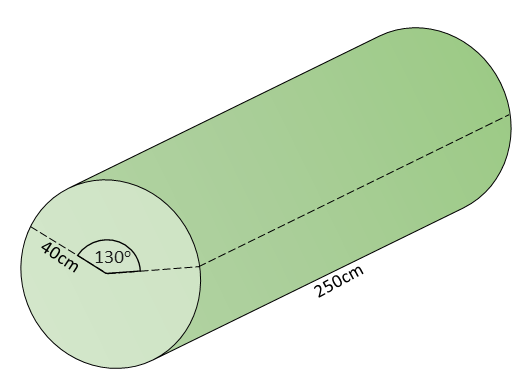
If you would like space on the right of the question to write out the solution try this Thinning Feature. It will collapse the text into the left half of your screen but large diagrams will remain unchanged.
The exam-style questions appearing on this site are based on those set in previous examinations (or sample assessment papers for future examinations) by the major examination boards. The wording, diagrams and figures used in these questions have been changed from the originals so that students can have fresh, relevant problem solving practice even if they have previously worked through the related exam paper.
The solutions to the questions on this website are only available to those who have a Transum Subscription.
Exam-Style Questions Main Page
To search the entire Transum website use the search box in the grey area below.
Do you have any comments about these exam-style questions? It is always useful to receive feedback and helps make this free resource even more useful for those learning Mathematics anywhere in the world. Click here to enter your comments.